A robotic, dinosaur ghost, that shoots fire out of her 3D printed jaw. That’s Ghost Raptor for the 2022 season of BattleBots but it could be pretty much any maker’s dream bot. Team Raptor (Chuck Pitzer, Eric Diehr, Sabri Sansoy) teamed up with Designer Anouk Wipprecht and Xo Wang for the 2021 BattleBots competition. Team Raptor has been participating in robotic fighting tournaments since 1999 and this year, to add even more style and badassery to the terrordactyl (cit.) bot, the team worked with Wipprecht and metal DED 3D printing company Formalloy to create a metal 3D printed jaw that opens to spit fire at its enemies. Thanks to Anouk’s participation in this season, we had the opportunity to sit down with her and Team Raptor’s Team Captain Chuck Pitzer to learn more about if and how 3D printing is making a difference.
For the few who may not be familiar with the show, BattleBots began airing in the US in 2000, and after a few seasons, it was revived in 2015. The sixth season of the second run is currently airing on Discovery and streaming on Discovery+ in the US (and Netflix in many countries around the world). In the show, 250-pound robots do their best to destroy or disable each other using whatever means available, during matches that are three minutes long.
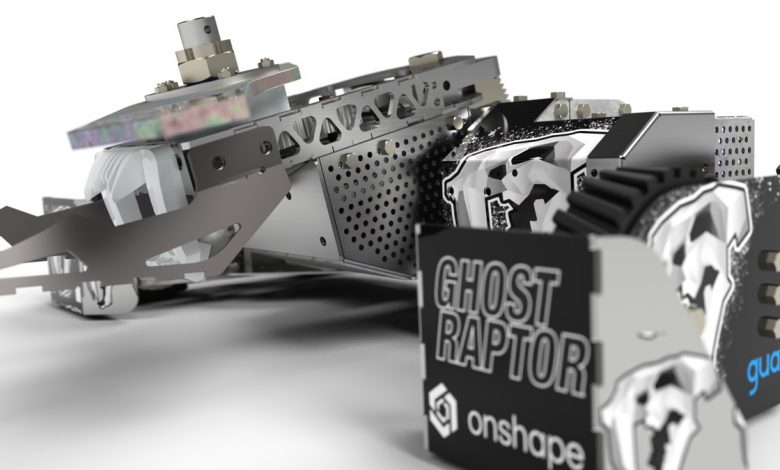
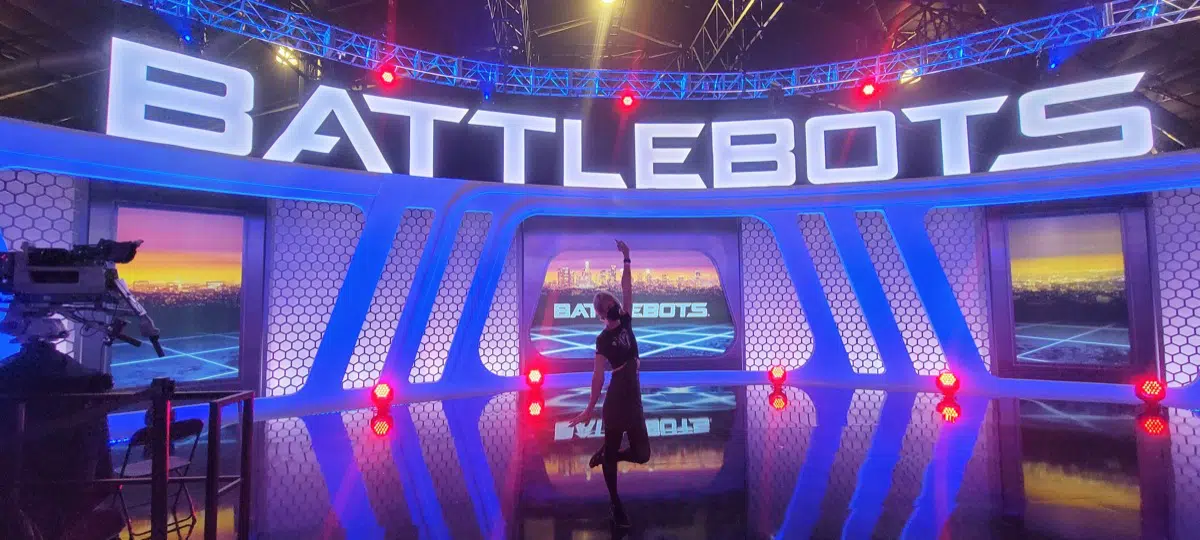
Enter the Ghost
Drawing epithets such as “ghost of winning future”, “terrordactyle” and “arma-get-it-on” from the show’s ring announcer Faruq Tauheed, Team Raptor’s new Ghost Raptor is a heavyweight robot that competed in the latest seasons of BattleBots, and this year it will start fighting in episode 6, on January 27th. Team Raptor is a veteran team: every year its robot is improved to become more devastating but making changes can be a very challenging and expensive process.
“We try to reuse as much as possible, but that is a very limiting design constraint,” Pitzer told 3dpbm. “Much of those decisions are based on what the most expensive components in the robot are – either off-the-shelf or custom fabricated. Normally re-engineering something as simple as a weapon shaft diameter will ripple through the entire design and lead to a lot of extra expense. Changing the drive system, for example, can lead to a massive re-design. The chassis that is on Ghost Raptor is the same chassis that was developed for a prior robot called Preda Raptor. Many of those titanium chassis pieces have existed for over 12 years and have been re-used for multiple competitions and TV shows.”
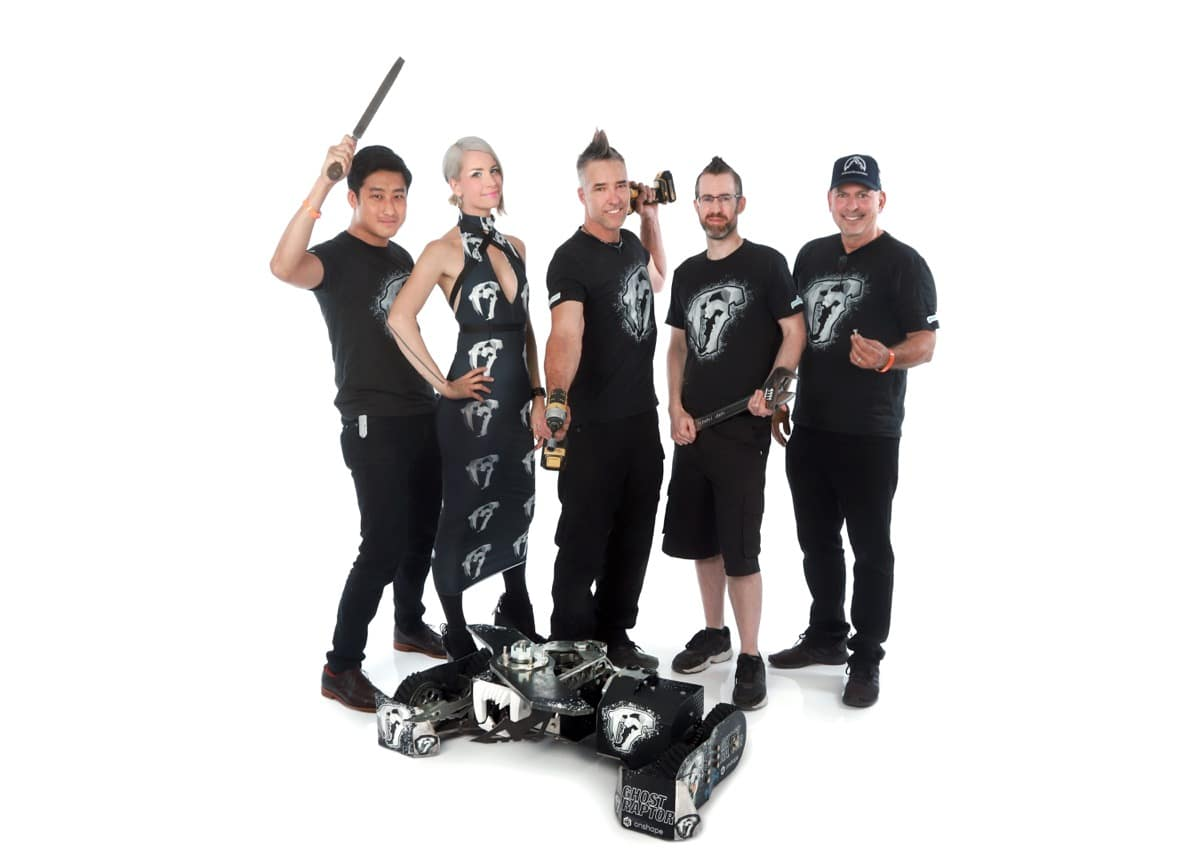
With such tight design constraints, cost limitations and uniqueness of the parts, 3D printing makes a lot of sense. However, until recently, it was only used for prototyping. With the increasing accessibility of metal AM technologies, some teams have started to look at metal 3D printing for actual BattleBot parts. That’s something that Anouk is good at, as an expert in innovative out-of-the-box solutions using a variety of 3D printing technologies.
“My friend Sabri Sansoy (Machine Learning specialist) hit me up if I wanted to join the team, and I said immediately yes! Since – of course – I love robots. There was not much time as it was a few weeks before the show so me and Chuck [Pitzer] mainly worked online on some of the improvements. I worked with Sabri on some of the aesthetic and design elements. The idea was to come all together in Las Vegas ahead of time, and merge everything together to get ready for the battles. It has been an awesome adventure.”
Pedal to the metal
Working with Anouk, Team Raptor decided to 3D print the jaws-shaped front grill of the Ghost Raptor’s new flamethrower weapon. “We never really used 3D printing for most things because the perception was that they were not rugged enough,” Pitzer explained. “We did normally use it for internally mounting electronic parts and spacing batteries apart, etc..” Exterior parts that have to withstand the brute force of enemy weapons, however, are a different matter. In addition, while metal 3D printing has proven to produce parts strong enough for rockets engines and turbine parts, it has not often been used on parts that need to take a serious beating.
“We could machine it out but we wanted to go a bit more in detail possibly in regards to design, so Melanie [Lang] of FormAlloy proposed we use their Directed Energy Deposition (DED) metal 3D printing technology,” Anouk told 3dpbm.
“The frontal grill is a unique component with a fairly complex geometry that would be challenging and time-consuming to machine,” Melanie confirmed. “FormAlloy was able to build the part in just a few hours from the CAD file.” High-strength aluminum 6061 RAM was selected as the ideal material to use as it would be able to withstand the heat and aggressive conditions these robots are subjected to, but also lightweight enough to keep the robot within the requirements.
“We made several iterations and also replacement parts so we could test them out. They screwed right in so they were easy to exchange ahead of a battle.” The ability to go directly from CAD (the team used design software from team sponsors Onshape to part also made 3D printing an ideal solution in terms of time reduction.
Manufacturing on Demand
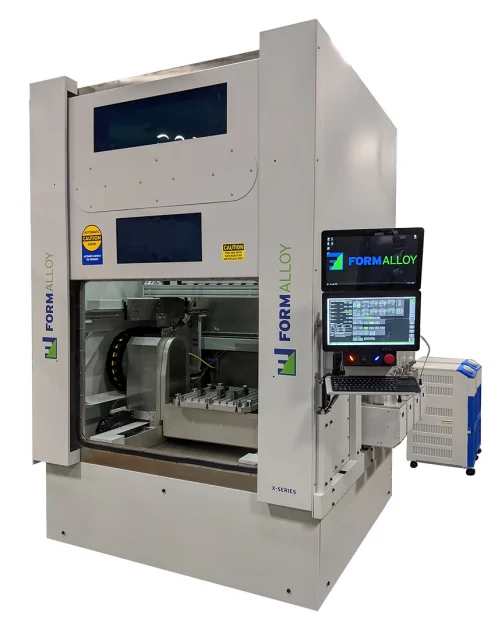
Formalloy is a California-based manufacturer of metal DED 3D printers. FormAlloy’s X & L-Series Directed Energy Deposition (DED) systems feature closed-loop control, variable-wavelength lasers, and FormAlloy PF and ADF powder feeders for gradient or bi-metallic structures. “FormAlloy’s DED technology is ideal for this type of project because components are built or repaired quickly and efficiently in a single step, and often require minimal post-processing,” Melanie explained. “It is an efficient process and capable of building with multiple materials, including various aluminum alloys. If a limitation exists with materials, timeline, or performance, 3D printing may be a great solution,” Melanie added.
I knew Melanie through my network – Anouk said – and she is motivated by developing disruptive technologies that challenge the status quo […] we are both looking to create geometrically complex components out of exotic materials to push the boundaries. But pricing and lead times are always important to consider. FormAlloy was the only company that was open to working with us on such a short timeline, and on such an experimental project. None of the other companies that I approached were flexible enough to turn around these parts in time. Melanie even joined us in Las Vegas during the first show!”
Does it burn?
The flamethrower elements are mounted behind the ‘grill’, with the nozzle and igniter in the middle. This is what allowed GhostRaptor to spit fire out of its “mouth”, while the 3D printed parts held everything together. With such high temperatures, the DED parts held it very well, whereas plastic 3D printed test pieces started to burn almost immediately after firing up the flamethrower.
The flamethrower components needed to be able to resist exposure to the butane-fueled flame for short periods. The mounts for these were machined – but the more aesthetic and complicated parts (such as the teeth) were all 3D printed using FormAlloy’s expertise.
The first test parts in standard 3D printed PLA got smashed right away into a wall with full power in the test box. A ‘test box’ is a special enclosed, small armored area used for testing the operation of a single robot that you use after your configuration to test your robot out. “We fired the GhostRaptor. Chuck slammed it (on purpose to test the rigidity of the bot) against the four walls and a piece flew off almost immediately. For the real battle therefore we switched to the metal 3D printed parts and that – even after the real battle – had just minimum damage, to what I can remember. I saw the piece afterward and only the top teeth were shaved off a bit,” Anouk said.
The ghost of 3D printed futures
This first experience convinced Anouk that 3D printing can play a major part in the future of Battlebots. “I think it definitely has potential,” she tells us, “but – as any part on your bot – what is weak, gets mauled pretty rigorously. In our case, we had two long forks next to the ‘grill’ or ‘mouthpiece’ either way so it was an easy choice to mount the flamethrower nozzle there so it had some protection from each fork.
“I think – Chuck Pitzer added – the trend in BattleBots will be to see a lot more metallic 3D printed parts. A number of teams have already secured sponsorships and are pioneering the use of 3D printed materials in the sport.”
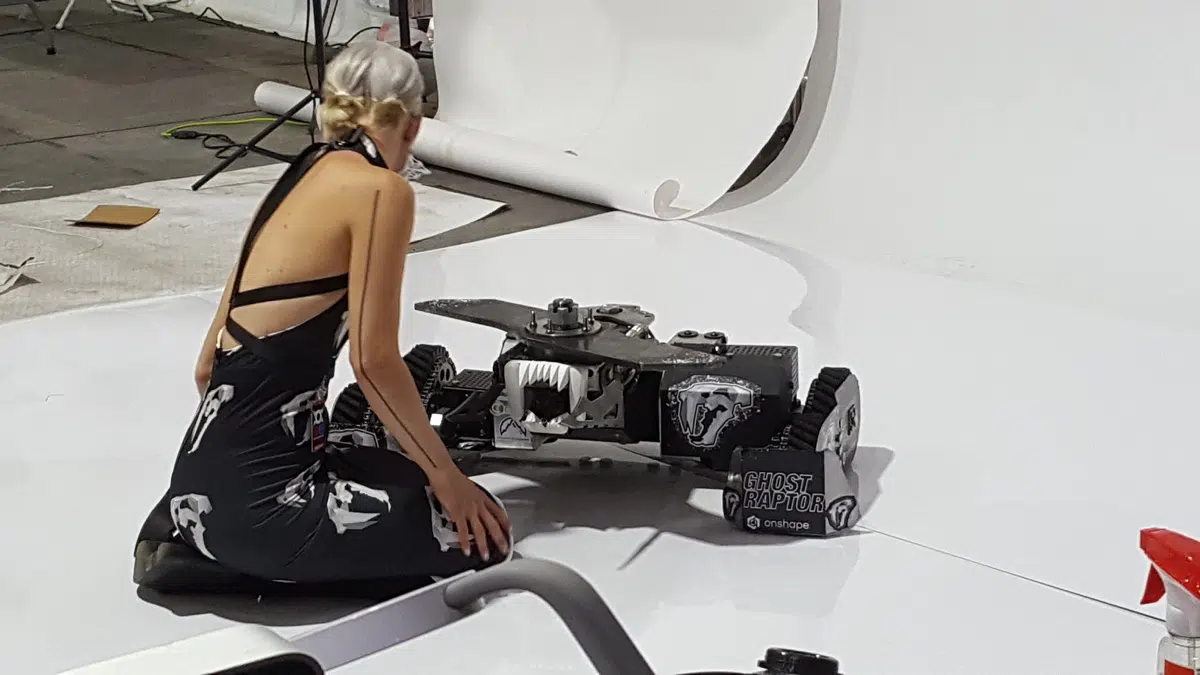
In the near future, 3D printing companies may find BattleBots as an ideal arena to promote and present their technologies. “Teams should engage with sponsors ahead of time!” Anouk concluded. “GhostRaptor is a veteran – Chuck created his first robot 20+ years ago – so it’s a pretty well-known robot. We were super happy with the support from Onshape, guardDog.ai, FormAlloy and others so we could leverage design with software and technologies while making enough material and hardware purchases for GhostRaptor. But it would be really hard to create these projects without a budget to start with. Bots can cost between $5,000 and $50,000 USD to build and are mostly constructed by regular people doing this as an incredibly expensive hobby.
Even beyond robot-makers and 3D printing companies, all companies interested in sponsoring a robot can reach out to rookie teams or a team that is new in the game. 3D printing can be beneficial in many parts of the BattleBot creative workflow, from polymer prototypes and tools to ultra-hard metal parts. “Often younger teams don’t even know how to go about sponsorships. But have all the skills to make for a really good fight,” Anouk concluded. And we’d love to see exactly how much a more advanced and creative design can help a robot break more stuff faster.
On location BattleBots photos by Daniel Longmire
* This article is reprinted from 3D Printing Media Network. If you are involved in infringement, please contact us to delete it.
Author: Davide Sher

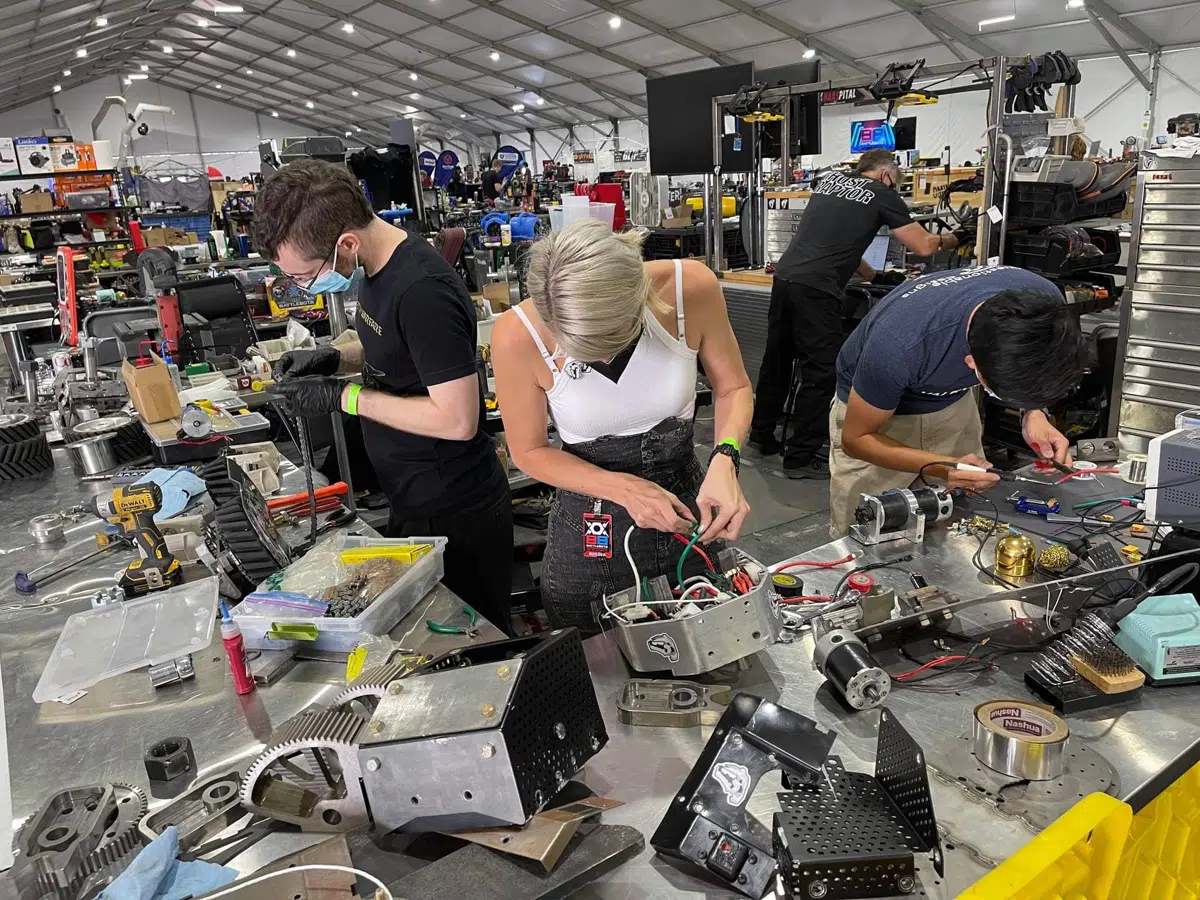
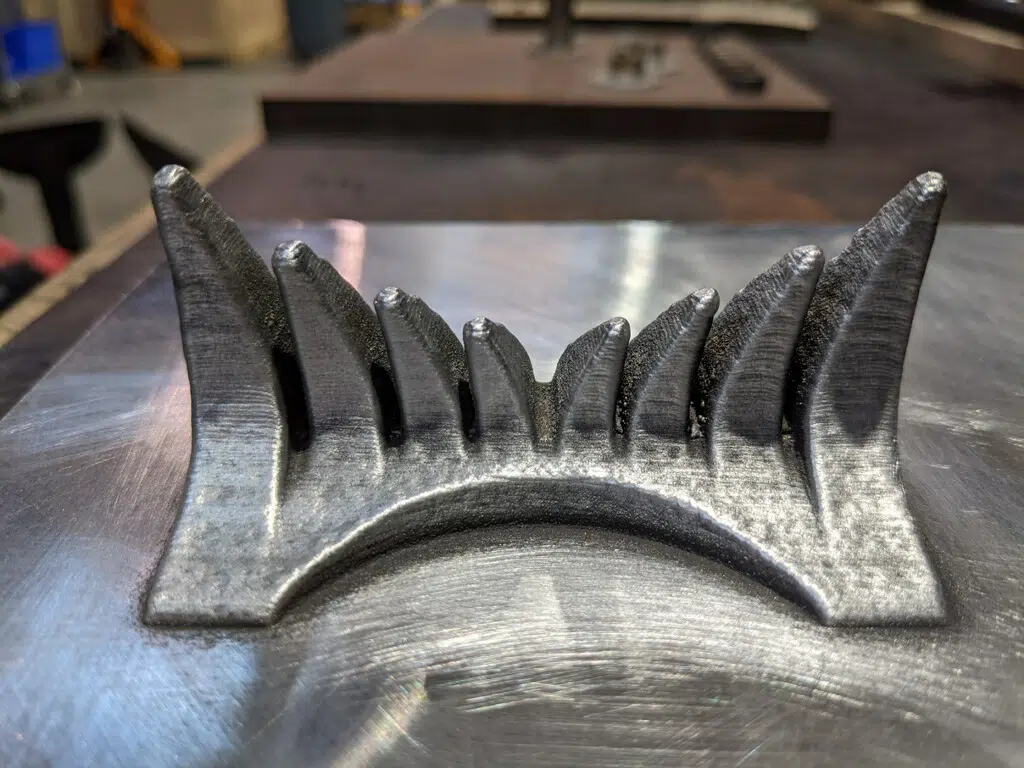
Leave A Comment